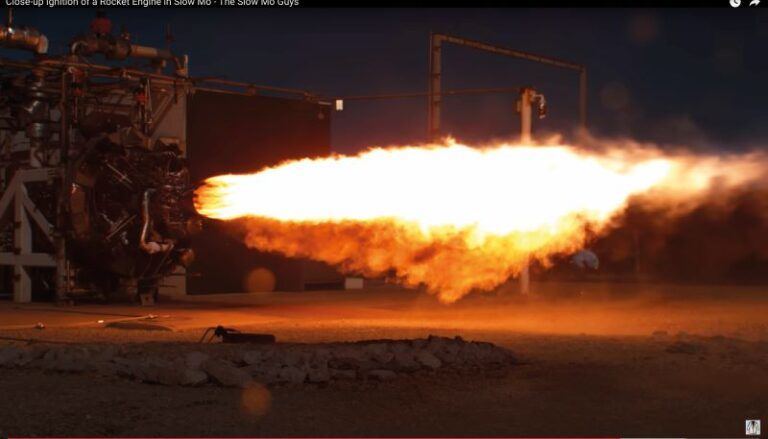The hybrid autophage engine concept, or self-eating rocket is an emerging technology that aims to greatly reduce launch vehicle dry mass over conventional propulsion systems. This is achieved by replacing the fuselage with a polymer-based material. Using the heat from the combustion chamber, the fuselage is vaporized and combined with liquid fuel and oxidizer drawn from the diminishing propellant tanks. This causes the structural mass of the rocket to decrease during the launch and contributes toward the total propellant mass flow rate.
Autophage propulsion could help miniaturize launch vehicles to provide a cost-effective solution for rapid low earth orbit access for small satellites.
The research at the University of Glasgow designed and tested a first-of-its-kind autophage engine to evaluate the feasibility of the concept, identify key parameters that influence performance and form a baseline for computational models. The project developed three engines – Ouroboros-1, 2 and 3. The engines were iteratively designed and tested.
Ouroboros-1 and Ouroboros-2 were prototypes operated as bi-propellant engines. The hybrid autophage Ouroboros-3 engine was first hot fire tested in February 2023 at the MachLab propulsion test facility operated by Machrihanish Airbase Community Company in Scotland. Five tests were conducted that operated the engine design over a range of inlet conditions in a steady-state operating mode and different pulsed modes.
Analysis of the data compared the autophage performance to the bi-propellant engines and identified the influence of key parameters on performance. It was found that both throttle setting, mixture ratio, and combustion chamber temperature played a key role in the autophage fuselage feed rate and its contribution to the total propellant mass flow rate. The pulsed mode tests showed that the frequency and duty cycle of pulses could control the feed rate and reduce the required force to advance the fuselage into the engine.
Overall, when compared to bi-propellant operation, the fuselage was recorded as contributing between 5.1% to 15.7% of the total propellant mass during steady-state operation and 0% to 18.6% when operating in pulsed mode. These results envelope typical values for the structural mass fraction of conventional launch vehicles and support the feasibility of autophage engines for larger scale development.
While still early in its development, autophage propulsion systems could provide a significant increase to launch vehicle capabilities. The University of Glasgow is conducting research to scale the engines to a larger thrust class and carrying out topology optimization of regenerative cooling channels to maximize the heat transfer from the autophage engine to the fuselage. We are also modeling autophage launch vehicle flight dynamics in anticipation of developing a sounding rocket autophage flight demonstrator by 2030 with Cranfield University.
The team is seeking industry partnerships who may be interested in becoming involved in the next stages of development and commercialization of this exciting and innovative technology.





